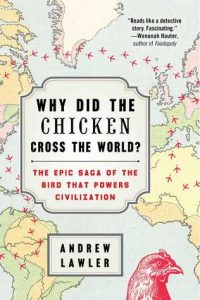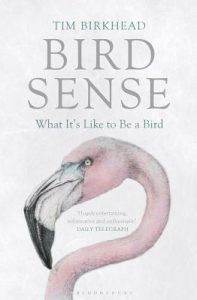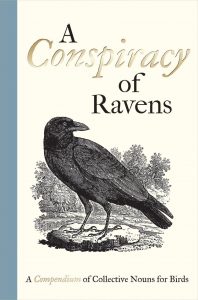 Alright. So which came first? The chicken or the egg? You’ll be able to find the answer to that in here, but this little video in an article from Brain Pickings does a good job, too.
Alright. So which came first? The chicken or the egg? You’ll be able to find the answer to that in here, but this little video in an article from Brain Pickings does a good job, too.
Why Did the Chicken Cross the World? is, as the cover says outright, the “Epic Saga of the Bird that Powers Civilization”. I was pretty surprised even just reading the introduction: the chicken is the most widespread bird globally, which lives in every nook and cranny of the world except for one continent (Antarctica, though empire penguin chicks have caught diseases that come from chickens still) and one state (Vatican City). Once I consider it, it makes sense, but given how widespread they are, shouldn’t we see live chickens running amok a bit more often than we currently do?
The noticeable absence of the (live) bird that most populates the world is a bit concerning, and this is the case just about everywhere unless you happen to work as a butcher or in the poultry industry, and while sermonizing is not what Lawler does in this book (nor is it my intention here!), he does touch upon how little we actually get to see, and therefore think about, the chicken as a bird as opposed to as meat – which in turn means that we also don’t think too hard on how the development of the chicken for larger breasts and more meat for less feed has led to the possibility of chickens that are in perpetual pain throughout their short lives because their skeletal structures are incapable of keeping up with the rapid growth of their bodies. Lawler even describes an episode where roosters took out their frustrations on hens, sometimes killing them, either because their enlarged breasts prevented mating, or because they were unaware of the courting dance. It’s not the first creature we think of when we say this, but perhaps “short, nasty and brutish” should describe the lives of chickens instead – though in truth it’s due to the short, nasty and brutish lives of people!
Anyway. Lawler does a pretty stellar job taking you from place to place as you follow the chicken on its journey from becoming domesticated to becoming found worldwide as he moves from continent to continent and from time period to time period. The irony here is that even as the chicken is becoming ever more widespread and consumed, the Red Jungle Fowl is ever more threatened by pollution of their gene pool due to matings with domesticated chickens, to the point that even though Red Jungle Fowl still exist, there are precious few that have purely wild genes.
A Chicken Followed Me Home! is another chicken-focused book, and this one would be great for children, or even just before tackling a full book about the chicken and how the unlikely candidate that is its ancestor (the Red Jungle Fowl) managed to become as widespread as it did. And now, because we know how the chicken made its way around the world and invaded our lives across the globe, let’s explore a couple of ways to enjoy all that it offers us!
Maybe you think cookbooks shouldn’t be making their way into a series about birds, a series that is a celebration of birds? Well where else should I be exploring cookbooks that teach you how to cook chicken, duck, and other birds, but in a series about avian matters?* Continue reading

